LEED is changing. Are you ready?
So here we are, October 2016.
Those of us in the green building world know this is a big month.
The universe’s largest green building certification program is about to do an upgrade. You knew it was coming for a long time, similar to a Windows upgrade; you know you need to do it, but you just have been so busy and pushing the “upgrade later” button. In 2014 you collectively pushed it for the last time and instead opted for a small upgrade that didn’t require a restart. But now, here we are in 2016 and the upgrade is coming and it has to come and so you might be scrambling the last min to make the preparations and make sure you are ready even though you don’t feel like you are!
The construction market is back up; green building is trending as a 80 billion dollar industry (soon), and now there is 400 ppm of CO2 in the atmosphere with no end in sight. Asthma and poor indoor air quality are on the rise and some cities Like Grand Rapids, MI where I am from, construction waste is reported to make up the largest portion of landfill waste.
LEED cannot solve all our environmental problems but can serve as a guide and standard when the time to act is now. Buildings and homes account for a majority of energy sources; their location can influence driving, and they have a big impact on our health.
The new version of LEED is going to be more difficult in many ways, more energy efficiency requirements (especially for rural or less connected projects), more thought will need to go into where you source materials from, where they are going at the end of their life and if your no VOC paint is certified to be so. For multifamily buildings we need to make sure apt units are communicating less to ensure occupant health and comfort, water pressure is being tested to reduce leaks and ensure flow rates work.
These changes are different, but they are good. The good news is for Homes projects; you will see a reduction in paperwork, no more chasing subs for signatures, no more durability plans required as it is all done in energy stare and just 1 signed workbook plus a few photos and energy reports. Another bonus is water performance calculations that allow the client to decide what is more important to them, similar to energy modeling and reduce in those areas (outside, kitchen etc)
If you aren’t ready yet that is ok, we are here to help you clear off your desktop before the upgrade restarts you construction process on 10/31.
Submit your project inquiry now, and we can help you get registered asap under v2008/2009. You won’t have to pay for 90 days, giving you time to secure funds or back out in Mid January if you cannot. No commitment.
Ready to take the plunge?
On November 2nd we are hosting 2 back to two back free CEU (APH) webinars on this topic.
The first webinar is a basic understanding of LEED for Homes and how it works(updated for V4) and the 2nd session 30 minutes after is a comparison on the differences of V2008 VS V4 for homes Home, multifamily and Mid to high rise mixed use buildings.
Sign up now as space is limited!
Finally, if you want to get the full education, check out our recently launched understanding LEED for Homes V4 on demand series where we take a deep dive in each of the categories (energy, EQ etc) and compare the differences of 2008 vs. v4
Thank you for your commitment in marking homes healthier and more sustainable!

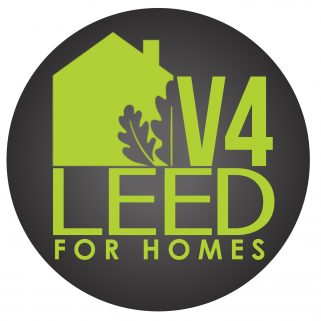
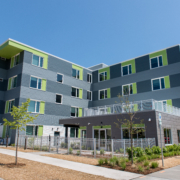
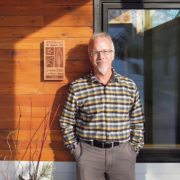
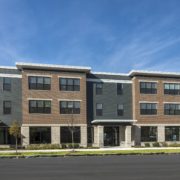
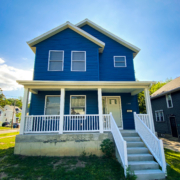


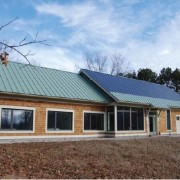
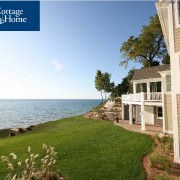



Leave a Reply
Want to join the discussion?Feel free to contribute!